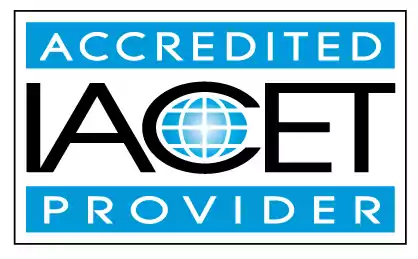Demonstrate understanding of the research done on mixed-age group instruction.
Discover tips and strategies for successful mixed-age group instruction in the domains of early childhood education and child care centers. Explore the research and gain a deeper understanding of this effective teaching approach.Trainings incorporating this outcome
CDA Subject Areas
Proficiency Level
Target Audience
Topic Areas
States
Alabama (4) Alaska (4) Alberta (4) Arizona (4) Arkansas (1) Australia (4) California (4) Colorado (4) Connecticut (4) Delaware (4) District of Columbia (4) Florida (4) Georgia (4) Hawaii (4) Idaho (4) Illinois (1) Indiana (4) Iowa (4) Jamaica (4) Kansas (4) Kentucky (1) Louisiana (4) Maine (4) Manitoba (4) Maryland (5) Massachusetts (4) Michigan (4) Minnesota (2) Mississippi (4) Missouri (1) Montana (4) Nebraska (4) Nevada (4) New Hampshire (4) New Jersey (3) New Mexico (4) New York (4) Newfoundland and Labrador (4) North Carolina (1) North Dakota (4) Nova Scotia (4) Ohio (4) Oklahoma (4) Ontario (1) Oregon (4) Pennsylvania (3) Prince Edward Island (4) Puerto Rico (4) Quebec (4) Rhode Island (4) Saskatchewan (4) South Carolina (1) South Dakota (4) Tennessee (2) Texas (4) Thailand (4) United Kingdom (4) Utah (4) Vermont (4) Virgin Islands (4) Virginia (4) Washington (4) West Virginia (4) Wisconsin (2) Wyoming (3)
120 hours courses
35 hours courses
18 hours courses
4 hours courses
3 hours courses
Related Outcomes
- Demonstrate understanding how to effectively use transitions for various age groups and for different parts of the school day
- Explain the challenges behind mixed-age group instruction and strategies to overcome them.
- Demonstrate the benefits of mixed-age grouping in early childhood education.
- Identify tips and strategies for successful mixed-age group instruction.
- Demonstrate an understanding of how to use transitions for various age groups and for different parts of the school day.
- Demonstrate an understanding of brain development in children birth through age three
- Demonstrate understanding the major milestones, typical behaviors and learning processes of children birth to 13 years of age
- Demonstrate understand developmentally appropriate practices for school-age children with developmental, emotional, cognitive, language and/or physical needs
- Demonstrate understanding of using assessment and observations for short and long term goal development for ages birth to three.
- Demonstrate an understanding of development in children 3-5 years of age and their learning styles.
- Demonstrate an understanding of the cognitive and language stages of development in children five to twelve years of age
- The participant will demonstrate knowledge and understanding the major milestones, typical behaviors and learning processes of children birth to 13 years of age
- Give examples of activities considered appropriate for mixed-age groups.
- Demonstrate an understanding of physical growth and development in school age children and the impact it has on programming
- Demonstrate understanding of developmentally appropriate practices for school-age children with various needs.
- Demonstrate an understanding of how to develop and implement a daily schedule for school-age children.
- Demonstrate an understanding on how chronic illness can affect development in ages birth to three.
- Demonstrate understanding of inclusionary practices for school-age children.
- Demonstrate an understanding of concepts within the activity and content area for the visual arts for school-age.
- Demonstrate understanding of using assessment and observations for short and long term goal development for ages four and above.
Related Articles
- Working with Mixed Age Groups
- Need Annual Training Hours Texas?
- Lesson Planning for Infants and Toddlers
- FREE Thanksgiving Lacing Cards: Developing Fine Motor Skills in Young Children
- How to Start a Daycare with the Right Qualifications
- North Dakota and the Child and Adult Care Food Program
- The Montessori Method: Nurturing Independence and Joy in Early Learning
- Unlocking the Power of DAP
- Early Childhood Education Socialization: Building Social Skills for Life
- ChildCareEd’s Montessori Curriculum Training
- How to Get Your Preschool Teacher Certification: Steps, Tips, and Benefit
- Strategies for Differentiating Instruction for Diverse Learners
- CDA Certification in Florida: Your Step-by-Step Guide
- DAP Delight: Making Learning Joyful & Just Right for Every Child
- 🌈 All Learners, All Ways: Strategies for Differentiating Instruction in Early Childhood
- 🧸 How Can Everyday Safety Transform Your Child Care Environment?
- 📚 Which Trainings Are Required for Childcare Staff in California?
- 🚀How Can New Staff Quickly Get Oriented to North Dakota’s Childcare Standards?
 12 CEUs
12 CEUs